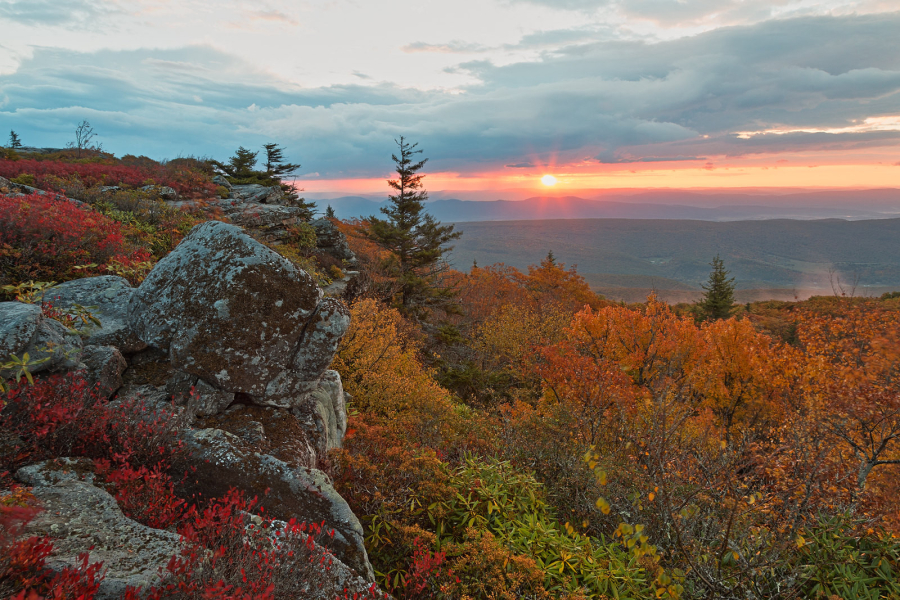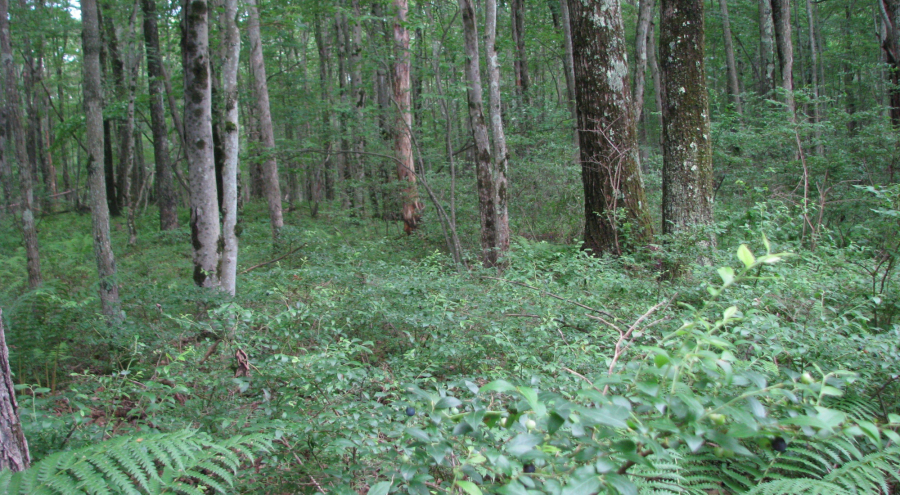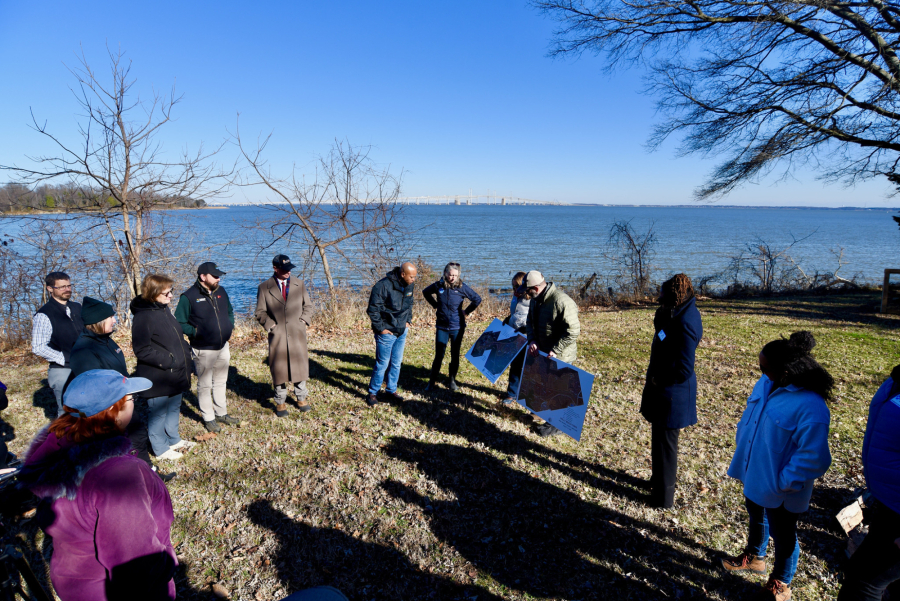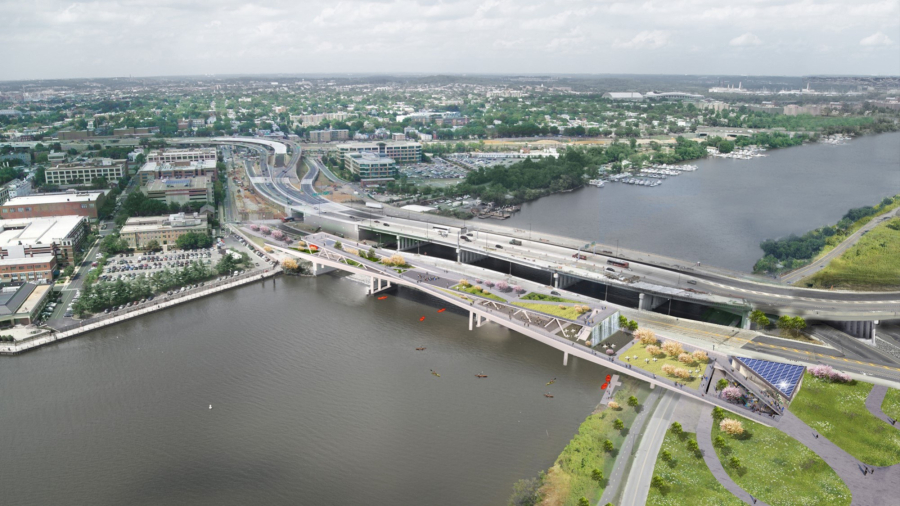Seven land conservation success stories from around the Chesapeake region
Each watershed jurisdiction has a hand in helping to meet our two million acre protected lands goal




Each watershed jurisdiction has a hand in helping to meet our two million acre protected lands goal




Comments
There are no comments.
Thank you!
Your comment has been received. Before it can be published, the comment will be reviewed by our team to ensure it adheres with our rules of engagement.
Back to recent stories